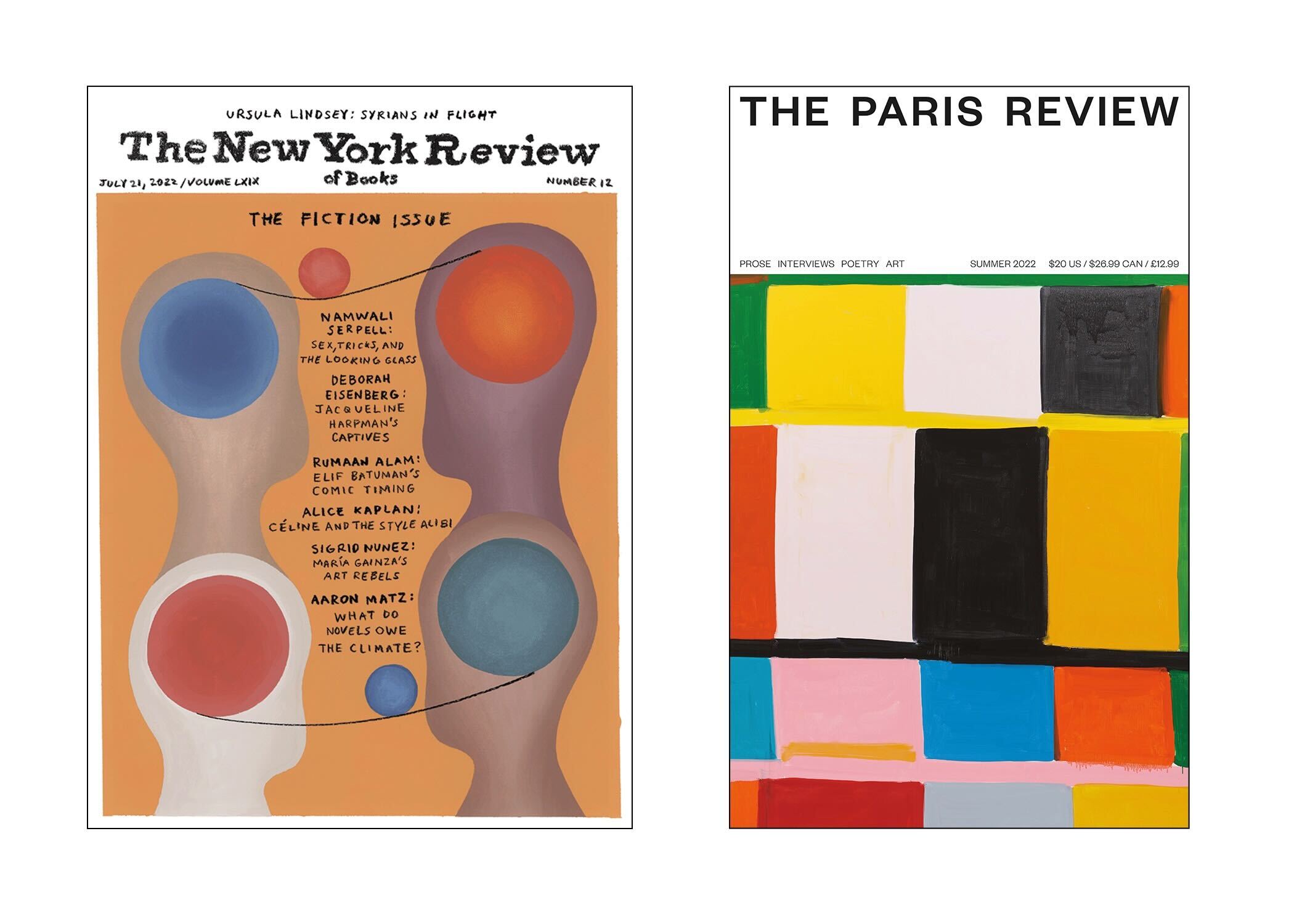Photograph by makeshiftlove, via Wikimedia Commons. Licensed under CC BY 2.0,
This week, we bring you reviews from three of our issue no. 240 contributors.
The documentary Rocco, which follows the Italian porn actor and director Rocco Siffredi, feels like a hundred perfect short stories. We learn that Rocco carries around a photo of his mother at all times. We watch Rocco and his teenage sons chat in their cavernous and starkly lit climbing gym/weight room in Croatia. We discover that Rocco’s hapless cameraman of many decades, Gabriel, is actually his cousin, a thwarted porn star. During one virtuosic shoot (Rocco Siffredi Anal Threesome with Abella Danger) Gabriel accidentally leaves the lens cap on, which they discover only after shooting the entire scene. There’s a surprising sweetness in Rocco, a man in the twilight of a certain era. “They used to focus on the women’s faces,” he says, sadly. He’s decided to retire. The final scene finds Rocco carrying a giant wooden cross on his back through the hallways of the Kink.com Armory. This tableau is the brainchild of Gabriel. “Because you die for everyone’s sins,” he tells Rocco.
—Emma Cline, author of “Pleasant Glen”
Goodbye, Dragon Inn is about a lot of things: the last ever screening at Taipei’s Fu-Ho Grand Movie Palace; a ticket-taker who wants to gift half of a steamed bun to the projectionist; a young man cruising the theater for sex; and that lonely, amorphous feeling of THE END—not so much death as the cinematic mood of loss. When I heard about Goodbye, Dragon Inn, which was directed by Tsai Ming-liang and released in 2003, I could neither see it in a movie theater nor stream it anywhere. At the time, my brother was quarantining in a high-rise apartment building in Santiago, Chile. He found an illegal copy of it on the internet and sent it to me. I liked the criminality of this exchange. No character in Goodbye, Dragon Inn breaks the law, but it feels like there’s a crime going on. Part of this is due to the rain and the shadows and the grimy brokenness of the Fu-Ho Grand, but it’s mostly because Goodbye, Dragon Inn is a stripped down melodrama of longing. The ticket-taker is the film’s star. At one point, she goes behind the movie screen. The light hits her face. We seem to know nothing about her, but that’s not true. We know how, in the light of the screen, despite the forces that would stop her, she hopes and dreams. In this way, we know her exactly.
Copyright
© The Paris Review










